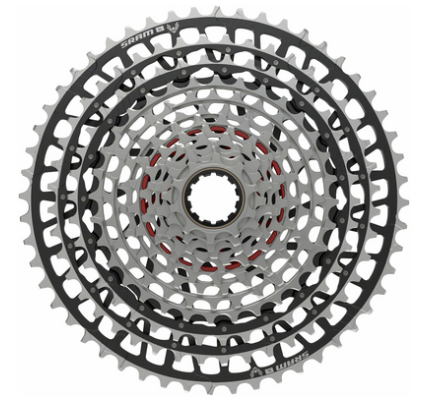What are rear sprockets?
Rear sprockets are also called freewheel, rear gears, cog sprockets and cog gears. Rear sprockets are a a set of toothed wheels. It is typically attached to the rear wheel hub. It is responsible for engaging with the bicycle chain to transfer power from the rider’s pedaling to the rear wheel, thereby propelling the bicycle forward. There could be only one gear in the rear sprocket assembly. But when it comes to several cogs, the cogs always come in various sizes, and they are used in conjunction with the front chainrings to create different gear ratios, allowing cyclists to adjust the bike’s resistance and speed according to their riding preferences and terrain conditions.
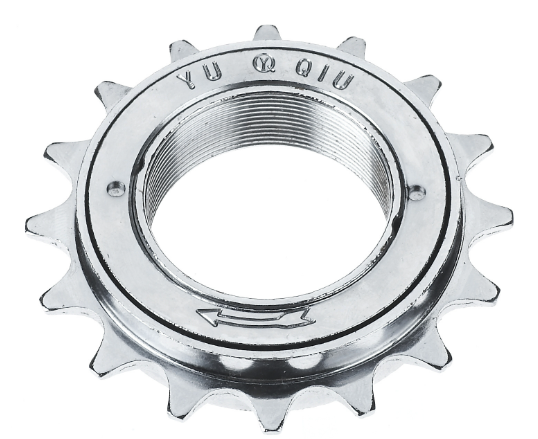
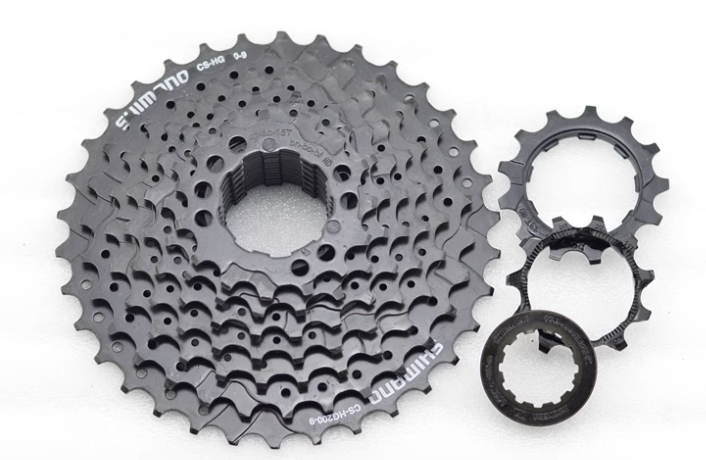
What are the types of rear sprockets?
We have three kinds of rear. They are single-speed freewheel, multi-speed freewheel. In terms of multi-speed freewheel, we have thread-on rear sprockets and cassette rear sprockets.
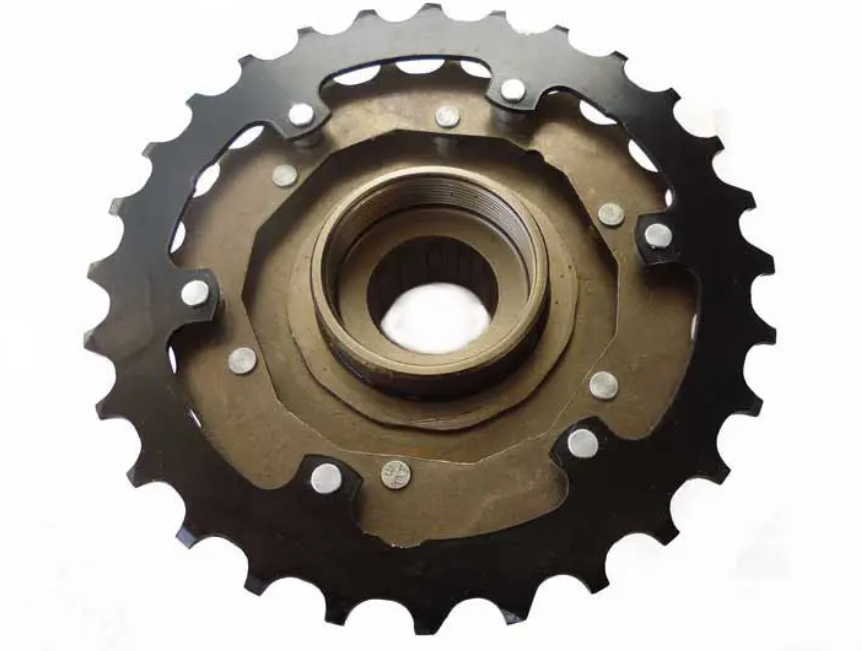
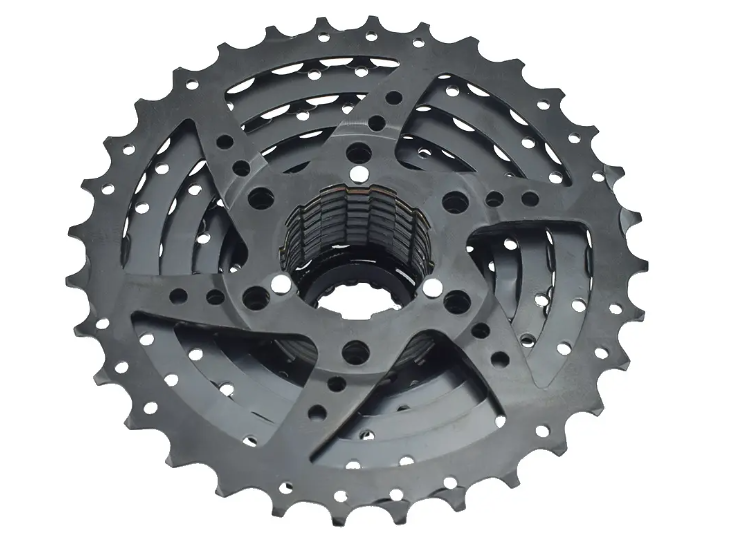
What does rear sprockets do?
1) The single-speed freewheel is a mechanism that allows the rear wheel to turn freely in one direction while locking up in the opposite direction. This means that when you pedal forward, the freewheel engages, driving the bike forward, but when you stop pedaling or pedal backwards, the freewheel disengages, allowing the wheel to spin without turning the pedals. This is essential for coasting and for allowing the rider to stop pedaling without stopping the bike’s forward motion.
2) A multi-speed freewheel enables a bicycle to shift between different gear ratios, offering versatility in pedaling resistance and speed. It comprises multiple rear cogs mounted on the rear wheel hub. By engaging with the chain and rear derailleur, riders can adjust gears while pedaling, allowing for efficient cycling on various terrains, from flat roads to steep inclines. Each cog offers a different gear ratio, with smaller cogs providing higher speeds and larger cogs offering easier pedaling. This mechanism enhances control and efficiency, catering to different riding preferences and conditions.
How rear sprockets work?
Unlike the commonly used escape in watches, freewheel uses a clutch, which is a structure similar to a ratchet. This structure only allows the whole system to rotate in one direction.
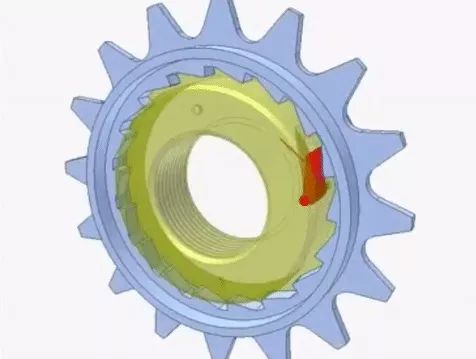
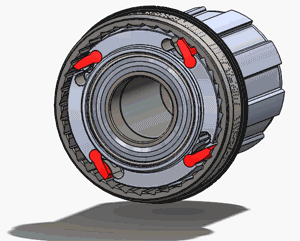
The clutch mechanism in a rear hub facilitates power transmission from the hub to the rear wheel while allowing for freewheeling and gear shifting. It typically comprises friction surfaces, springs, and a ratchet mechanism. Under normal pedalling conditions, the springs keep the friction surfaces engaged, transmitting power from the hub to the rear wheel. When the rider backpedals or stops pedalling, the clutch disengages, enabling the hub to spin independently of the rear wheel. During gear shifts, the clutch briefly disengages to allow smooth transitions between gears. Some designs incorporate a ratchet mechanism, engaging teeth or pawls to drive the rear wheel forward while allowing freewheeling in the opposite direction. This mechanism ensures efficient power transfer, smooth gear shifting, and the ability to coast or backpedal seamlessly.
Why it’s called “freewheel”?
Freewheel was created that could “free” the wheel as the cyclist stopped pedalling. This allowed people to take a break and even pedal backwards. This is how the name freewheel comes.
When should the rear sprockets be replaced?
In the entire transmission system, chains, accurate rocket assemblies, and chains are all consumables. Based on a large amount of empirical data. The frequency of chain replacement is the highest. After approximately 5,000-10,000 kilometers of use, you will need to replace a new chain. And every time you replace the chain, you need to consider whether you need to replace it with a new, accurate rocket assembly. The service life of the actual rocket assembly is approximately 8,000 to 15,000 kilometers for cycling. Of course, different brands of accurate rocket assemblies may have different material strengths. Still, overall, after riding 15,000 kilometers with a new precise rocket assembly, you need to start considering replacing it with a new one. Because of the larger disks, the chainring has the best durability. After replacing the accurate rocket assembly every two times, you need to consider replacing it with a new chain.
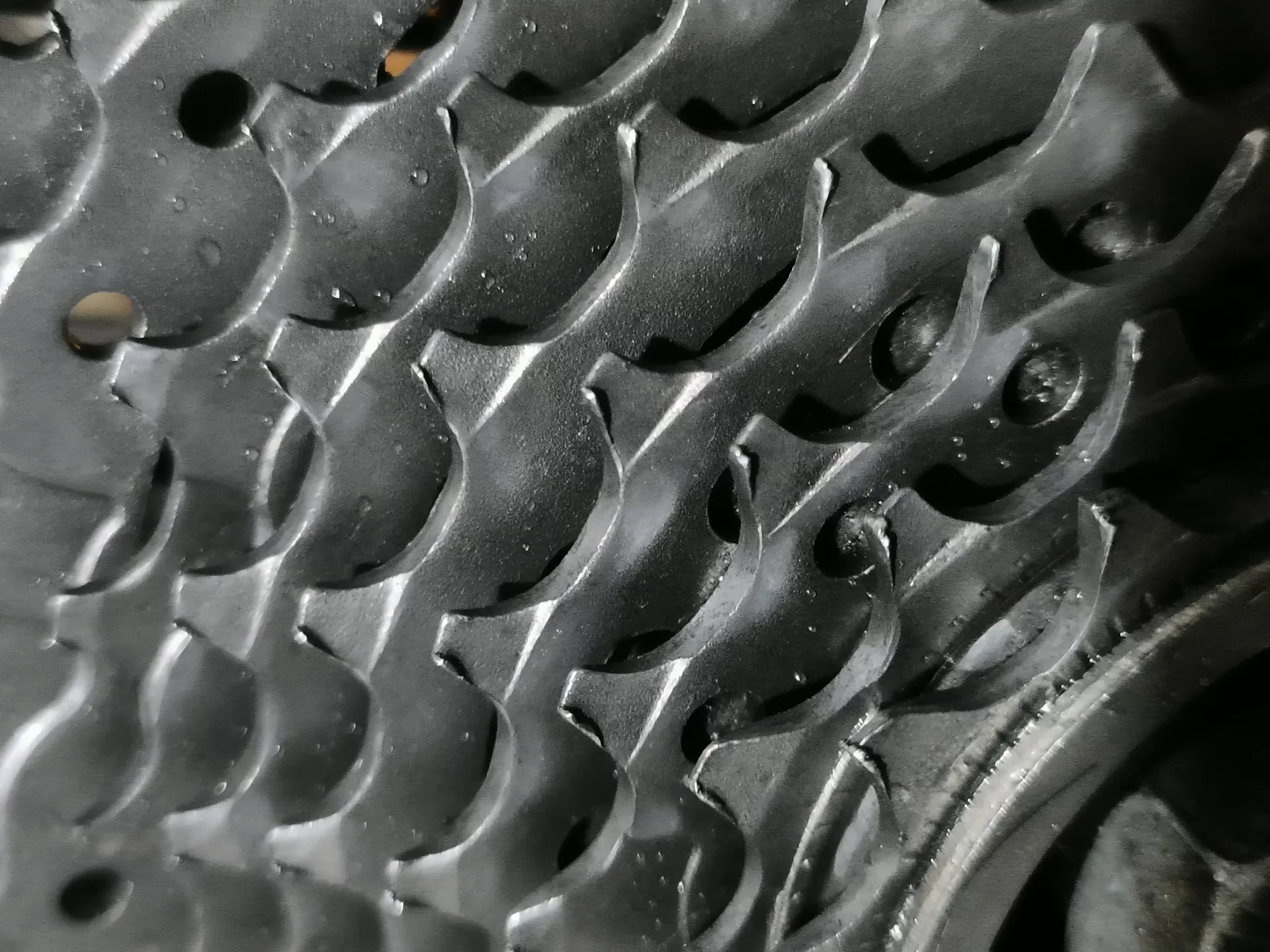
How to choose a more suitable rear sprockets assembly?
Firstly, what should be noted when upgrading the flywheel is that there are various available hubs on the market, and you need to consider the compatibility between the new rear sprocket assembly and your hub. Most importantly, it would help if you had a clear understanding of whether the original rear sprocket assembly system was a multi-speed freewheel or a cassette. A multi-speed freewheel refers to a thread on a freewheel, which is a sprocket set that integrates a clutch and only works with a thread on the hub. And cassette only works with cassette body.
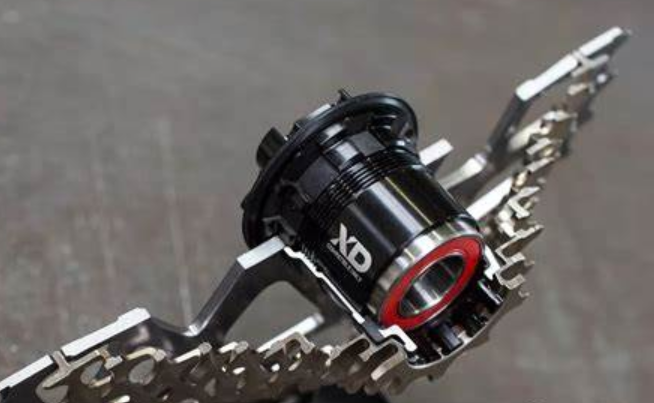
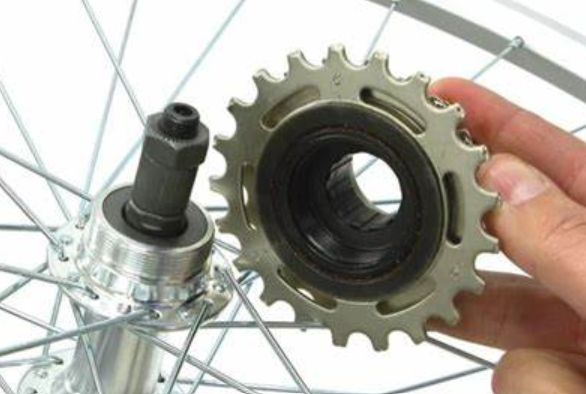
Secondly, based on your expectations for gear ratio and the chainring you have, choose a rear sprocket assembly with the appropriate cluster number of gears. Generally speaking, a rear rocket assembly contains 9 different sizes of cogs. Suppose you want more gear ratio options. You can purchase rear rocket assemblies with more sprockets. SHIMANO has developed a fundamental cog containing 14 disks. However, we can buy approximately 11-12 Sprockets from the market that contain the most cogs in the rear sprocket system.
Are single-speed and multi-speed freewheel interchangeable?
If you were using a single-speed freewheel, it might be hard or even impossible for you to upgrade to a multi-speed freewheel. And it’s because of the frame. There will not be enough space in the chainstay area for a multi-speed freewheel.
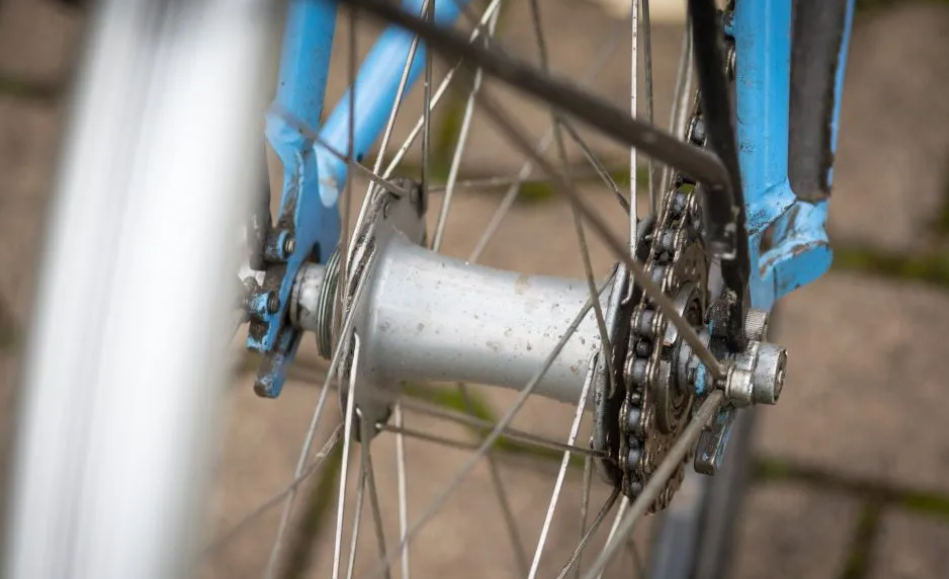
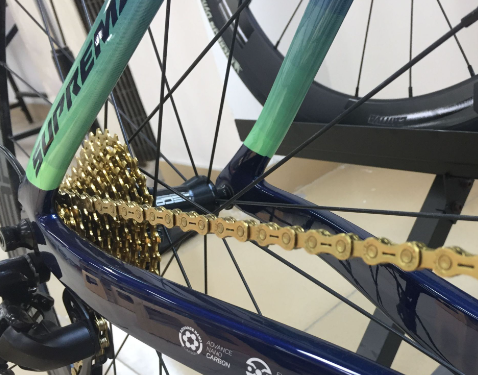
But suppose you were using a multi-speed freewheel in the first place. In that case, there are adapters which are basically several sleeves that can make it possible to put a single-speed freewheel onto a multi-speed freewheel cassette body.
BTW, SUMLON have been manufacturing bicycle parts for over 15 years. Contact us if you are looking for a bike parts factory or a one-stop wholesaler. Peace.


